New rules needed as drones crowd the skies
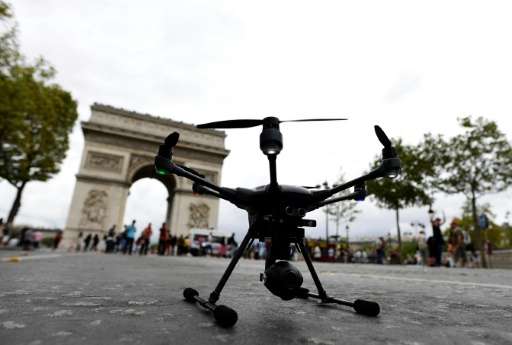
As drones increasingly crowd the skies, the risk of collision with other aircraft has come to the fore. Here's an overview of international regulation aimed at limiting the dangers.
How many incidents?
The International Air Transport Association (IATA), which sets global standards for the aviation industry, counted 856 cases worldwide between January 2013 and August 2015 of a drone getting too close to a plane for comfort.
"The analysis showed a significant increase in the monthly number of reported drone encounters," Rob Eagles, IATA's director for air traffic management and infrastructure, told AFP.
"Drones or unmanned vehicles provide endless innovative business opportunities," he said. "However, we do have concerns about the potential safety and security risks that could result from the irresponsible use of drones in close vicinity of airports and aircraft".
There have been no collisions to date, according to the European Aviation Safety Agency (EASA).
"But we still have to take the risk of collision seriously," EASA consultant Yves Morier told AFP.
Are there worldwide rules?
According to IATA, 65 countries currently have rules for the use of small drones.
The International Civil Aviation Organization (ICAO) is trying to establish a global framework for the future use of drones.
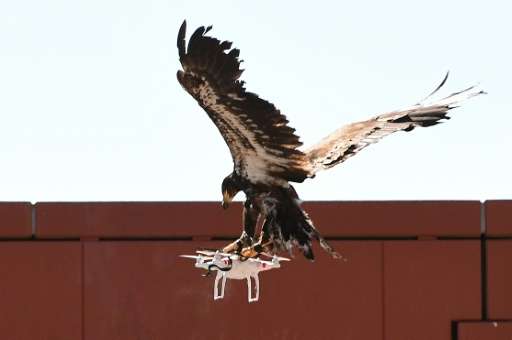
But for now, the body is simply helping out governments in countries where regulation is slow in coming.
What about Europe?
There is no Europe-wide legislation concerning drones. "All the countries have different approaches," said EASA's Morier. "Some are not very active, including some eastern European countries. Others are more pro-active, like Switzerland and France."
However, for larger drones weighing more than 150 kilogrammes (330 pounds) EASA has the power to legislate, according to French aviation authority DGAC.
Talks are ongoing within EU institutions to extend EASA's drone regulatory powers by the summer of this year, which would allow it also to set rules for drones weighing less than 150 kilos.
Among EU countries, France is a pioneer. Government decrees already regulate drone use and parliament has voted in a law coming into force next year that will punish users of drones flying over airports and other sensitive areas with fines or prison.
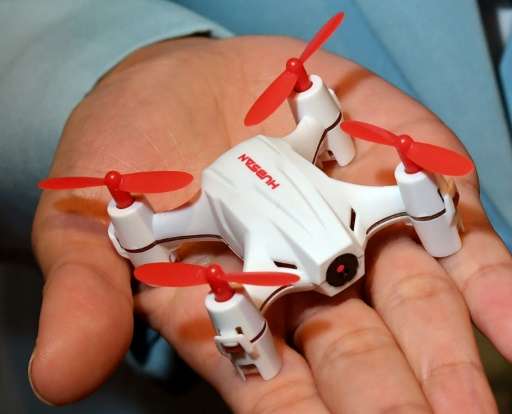
And the US?
The United States has flagged new rules for commercial drones under 25 kilos (55 pounds) which will in future have to remain within sight of their operators at all times.
Drones will not be authorised to fly above an altitude of 122 metres (400 feet) or go faster than 161 kilometres (100 miles) per hour.
Night flights will be banned unless a drone is equipped with special lights.
Rules governing deliveries by drone have yet to be worked out.
The new American rules also do not deal with the impact of drones on privacy.
-
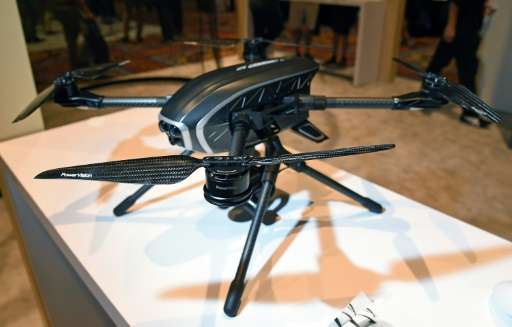
65 countries have rules for the use of small drones -
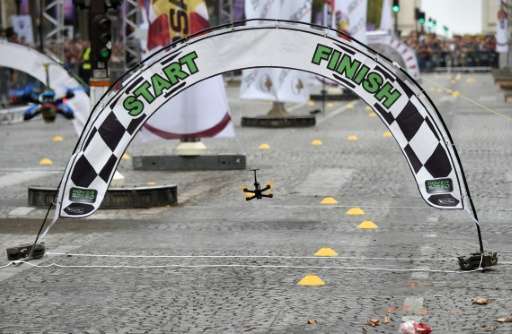
A drone flies on the Champs-Elysees avenue in Paris during the 2016 Paris Drone Festival
© 2017 AFP



















